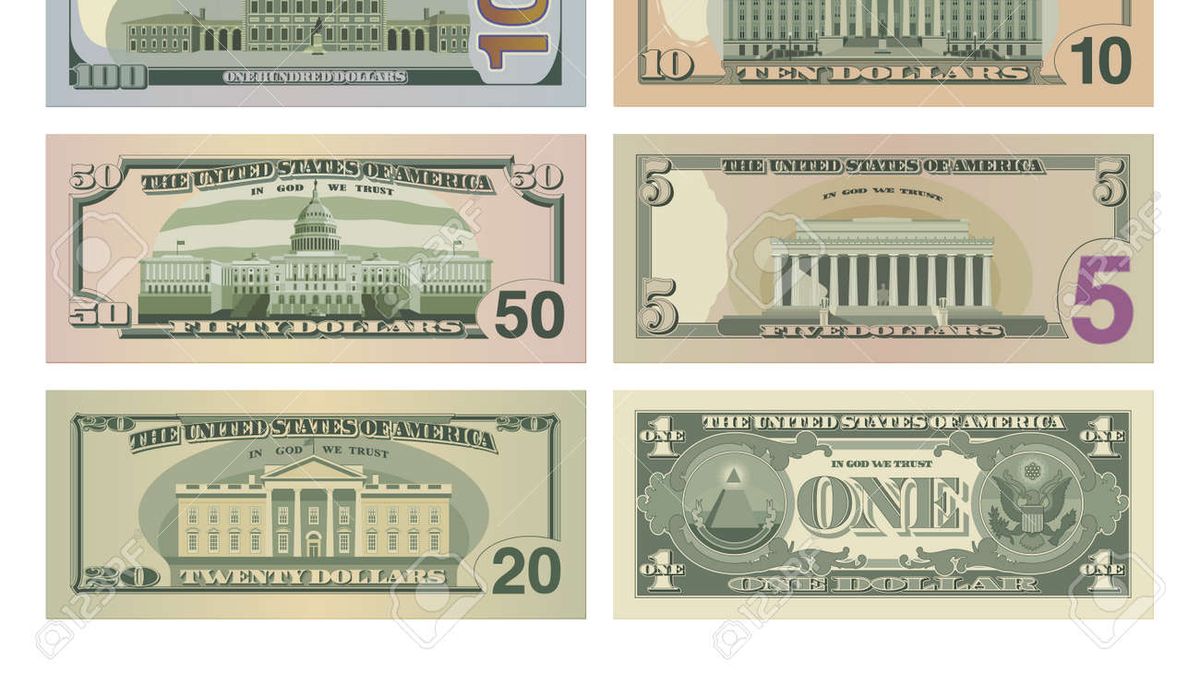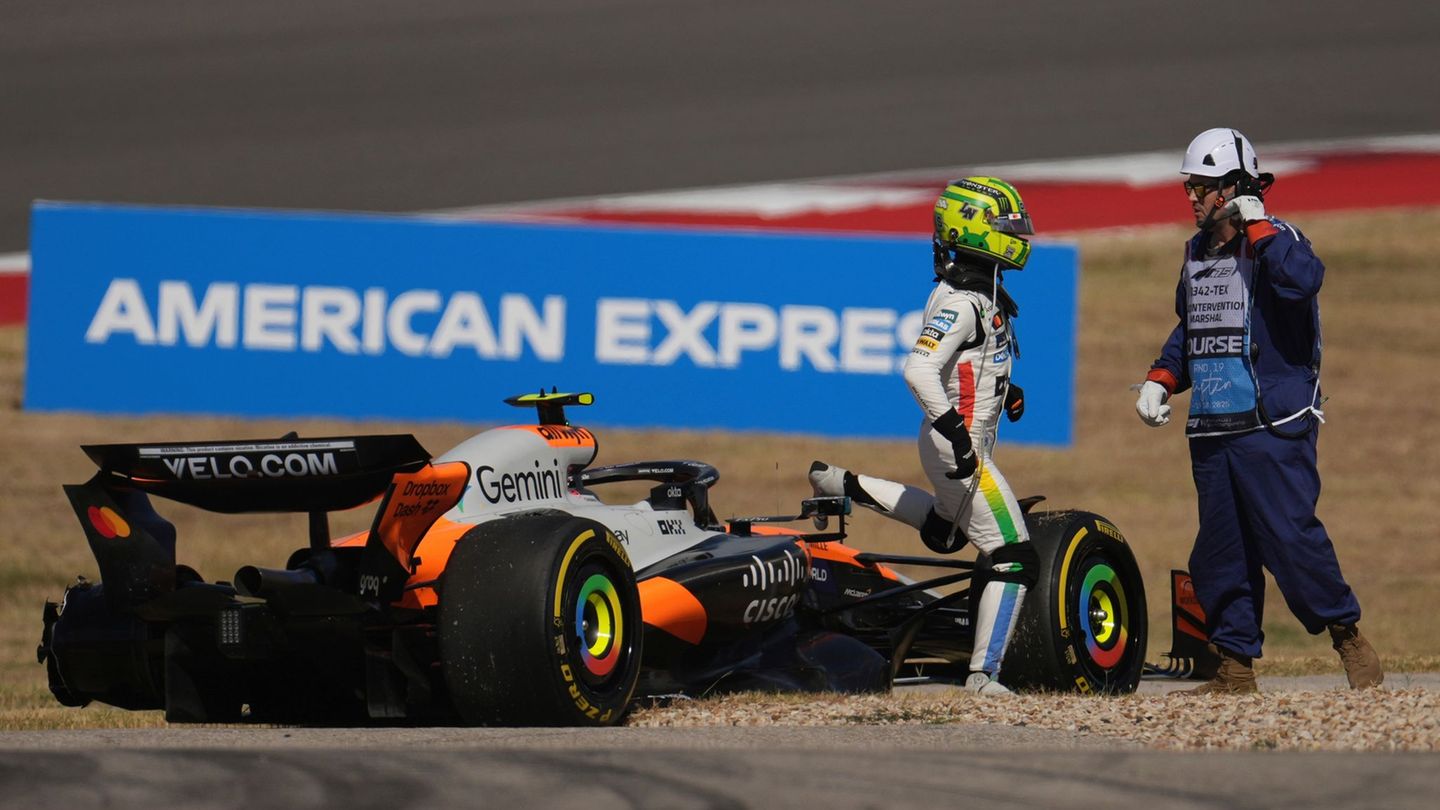While it is true that all should have the same value, because that is what the Federal Reserve determines, in our country that is not the case.
In Argentina the dollar value It is volatile. The existence of the exchange rate controls makes the market totally illegal, so the price is set mostly by the exchange houses and varies depending on where the customer goes to buy it. The last 100 dollar bills issued by the US Federal Reserve (FED) have additional security measures that make them more valuable, although only in our country.
The content you want to access is exclusive for subscribers.
In addition, there are bills that are not usually accepted in exchange offices. Mainly, the so-called “small face” coins are purchased at a lower value, as well as the 50, 20, 10, 5 and 1 coins. Therefore, in the City they were forced to lower their price, and also in the rest of the informal markets.


5300162-10-20-50-and-100-dollar-bills-isolated-on-white-background.jpg

Banknotes that are not usually accepted in the city or at exchange offices.
Which dollar bills are not accepted in Argentina?
Main Banknotes that are not accepted in Argentine exchange offices are those issued in 1914 and 1996.The well-known 100 dollar bills also appear to be weathered. “girl face” which do not have the same security measures that the FED implemented in the “big face” bills issued from 2013 onwards.
On the other hand, the informal market does not accept bills other than 100 dollars, so 50, 20, 10, 5 and 1 dollar bills are not usually accepted in the city, in the caves or in the trees found on the streets. A good option is to deposit them in a savings account in dollars and withdraw them another day, hoping that the ATM or the cashier will give us 100 dollar bills with “big faces”, as we have mentioned on this portal.
Source: Ambito




